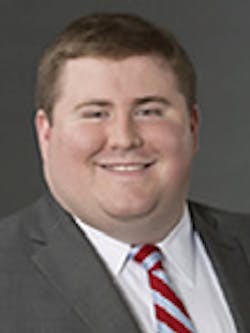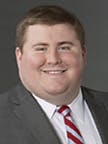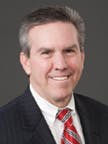10 can't miss items to check on your income tax return
With tax season approaching, it’s important to be prepared so you can take all of the deductions to which you’re entitled. Unfortunately, many CPAs miss essential deduction credits that doctors should be taking, or they apply taxes that should not be paid, and most doctors are none the wiser. Here is a list of 10 items dentists can’t miss on their income tax returns.
Andrew Tucker, JD, CFP, CPA, and John K. McGill, JD, MBA, CPA, provide tax and business planning for the dental profession and publish The McGill Advisory newsletter through John K. McGill & Company Inc., a member of the McGill & Hill Group LLC. It is your one-stop resource for tax and business planning, practice transitions, legal, retirement plan administration, CPA, and investment advisory services. Visit mcgillhillgroup.com or call (877) 306-9780.


